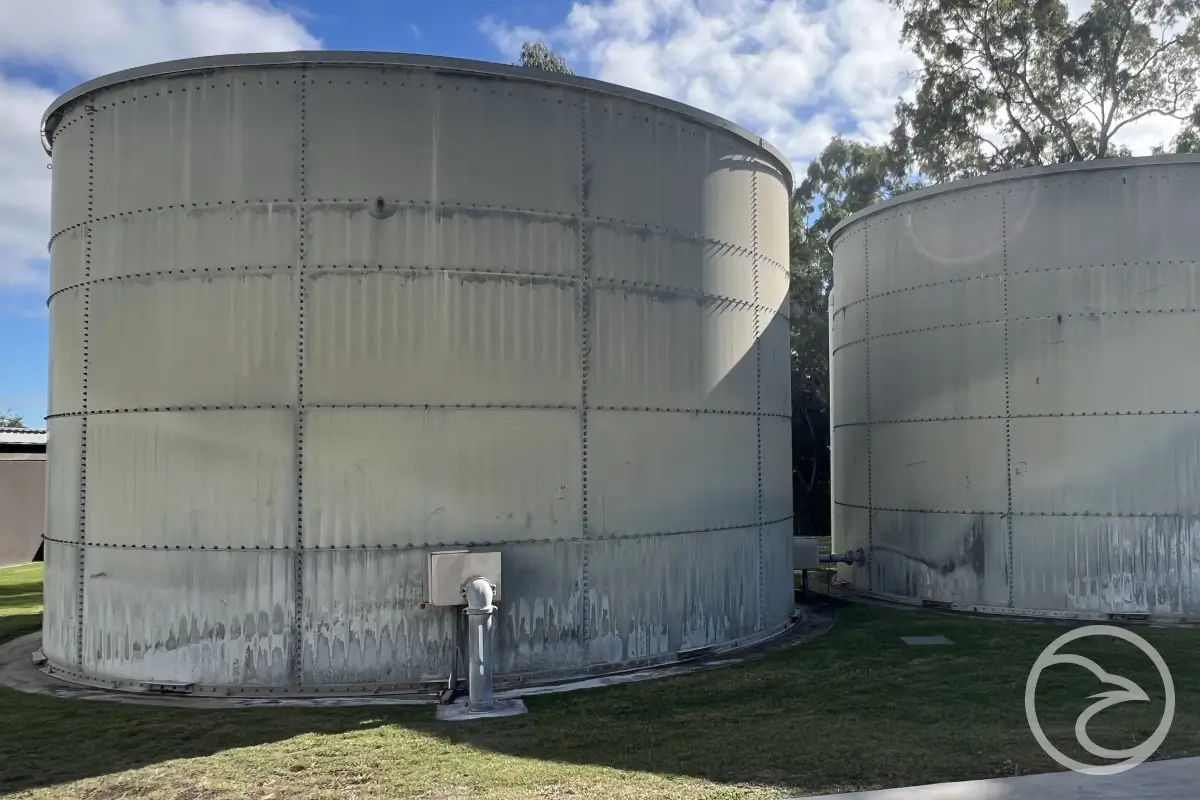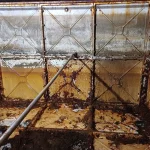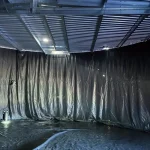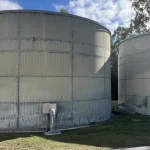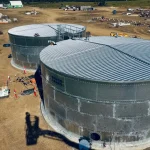Regular fire tank inspections are vital for maintaining safety, compliance, and operational reliability. Yet, many facilities in Melbourne fail their inspections due to preventable issues. Understanding the most common inspection failures and how to avoid them is key to keeping your fire protection system in full working order.
Fire tanks store large volumes of water ready for emergencies. However, over time, factors such as corrosion, sediment, and poor maintenance can compromise their performance. By identifying these risks early, you can prevent costly repairs and ensure compliance with Australian Standard AS 1851.
Common Fire Tank Inspection Failures
- Corrosion and Rust Formation: One of the leading causes of inspection failure is corrosion. Steel tanks are exposed to constant moisture and environmental conditions that lead to rusting. Over time, this weakens structural integrity and can cause leaks or contamination. Corrosion often starts in hidden areas—under roof panels, around bolts, and at the waterline.
- Liner Damage and Leakage: Fire water tanks rely on internal liners to prevent leaks and protect the tank walls. When liners crack, tear, or detach from surfaces, water escapes and the tank fails inspection. Damaged liners also allow bacteria and sediment to accumulate, reducing water quality and posing a safety risk.
- Sediment Buildup: Sediment is a common problem in fire tanks that are not cleaned regularly. Dust, rust particles, and debris settle at the bottom of the tank, reducing capacity and clogging pumps or valves. During an emergency, this buildup can restrict water flow and delay firefighting response times.
- Inadequate Access and Safety Hazards: Fire tanks must be accessible for inspection and maintenance. However, many older tanks lack safe ladders, walkways, or confined space entry points. If inspectors cannot safely enter the tank, the inspection cannot be completed, and the system fails compliance.
- Incomplete or Missing Documentation: AS 1851 requires facilities to keep accurate maintenance records and inspection reports. Missing paperwork or outdated documentation can lead to non-compliance, even if the tank itself is in good condition.
Root Causes of Fire Tank Inspection Failures
Most failures result from neglected maintenance schedules or lack of awareness about inspection requirements. Tanks are often “out of sight, out of mind” until an emergency occurs. Environmental factors like humidity, temperature swings, and exposure to chemicals can also accelerate wear.
Another frequent cause is poor-quality repairs. Using unapproved materials, skipping leak testing, or hiring unqualified contractors can lead to early deterioration and system failure. Facilities that perform inspections only once a year instead of following AS 1851 frequency guidelines are at higher risk.
Preventing Fire Tank Inspection Failures
Preventive maintenance is the best way to avoid inspection issues. By scheduling regular professional inspections and following a clear maintenance plan, you can identify and fix problems before they become serious:
- Schedule Inspections According to AS 1851 – The AS 1851 standard outlines inspection intervals for fire protection systems. Monthly, quarterly, and annual checks are required to keep tanks compliant. Partnering with a certified inspection provider ensures every task meets regulatory requirements.
- Perform Routine Cleaning and Desludging – Sediment should be removed periodically to prevent contamination. Professional cleaning and desludging improve water quality, extend liner life, and reduce stress on pumps and valves.
- Monitor Liners and Seals Regularly – Visual inspections and leak testing can detect early signs of liner wear or separation. Prompt repairs or liner replacements prevent water loss and corrosion damage.
- Test Valves and Fittings – All mechanical components should be tested for proper operation. Lubricate valves, check pressure gauges, and replace corroded fittings before they compromise performance.
- Keep Complete Inspection Records – Maintain a log of every inspection, repair, and maintenance action. Proper documentation not only ensures compliance but also helps identify recurring issues or weak points in your system.
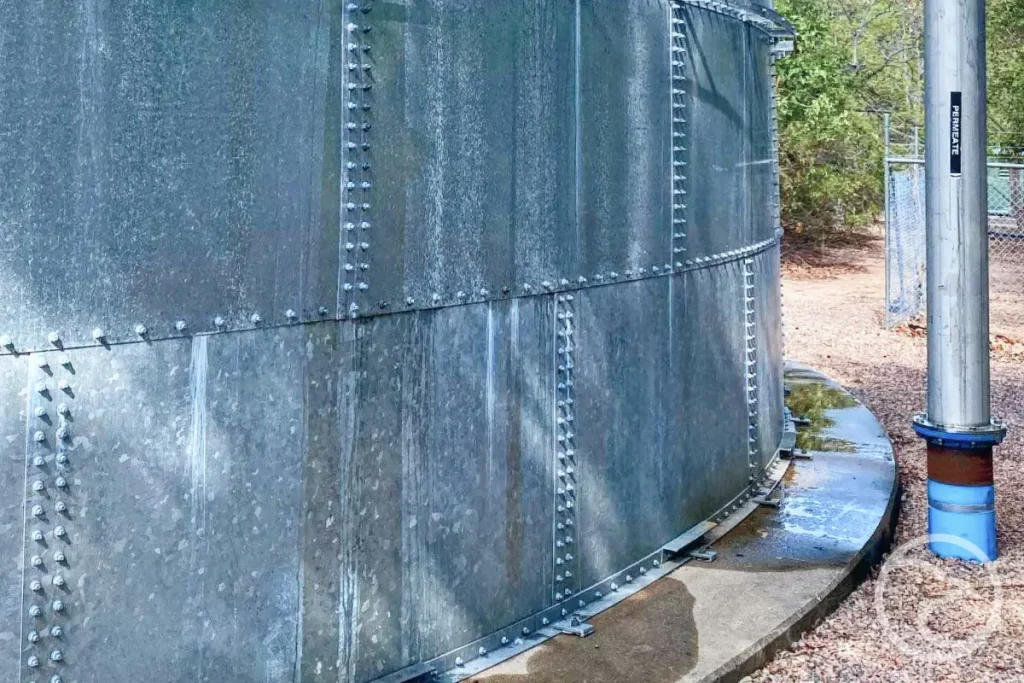
Long-Term Benefits of Preventive Maintenance
A well-maintained fire water tank offers more than just compliance. It protects your property, employees, and operations. Preventive maintenance reduces repair costs, improves water reliability, and guarantees that your fire suppression system performs when needed most. In addition, keeping your tank AS 1851 compliant reduces insurance risks and legal liabilities.
When inspections are done properly, facilities gain confidence in their fire protection systems. Instead of reacting to emergencies, you maintain readiness and safety every day.
Conclusion
Fire tank inspection failures are often preventable with the right knowledge and maintenance approach. Understanding common issues—like corrosion, liner damage, and sediment buildup—helps facility owners take proactive steps to ensure safety and compliance.
Tank Inspections Melbourne by Raven Tanks Australia provides expert inspection, cleaning, and maintenance services that meet all AS 1851 standards. With a focus on safety and reliability, our team helps facilities avoid costly failures and maintain continuous protection.
For professional fire tank inspections and long-term maintenance solutions, contact Raven Tanks Australia today.
